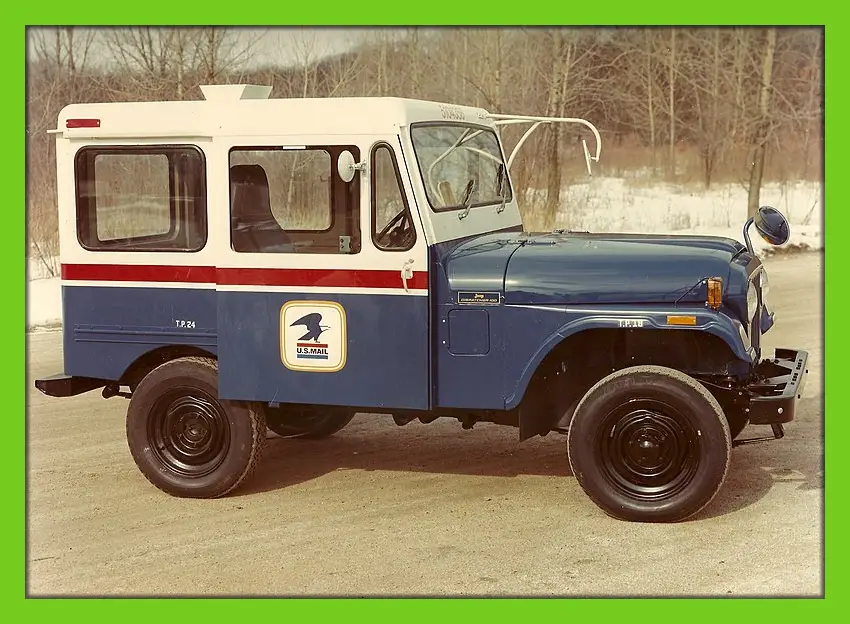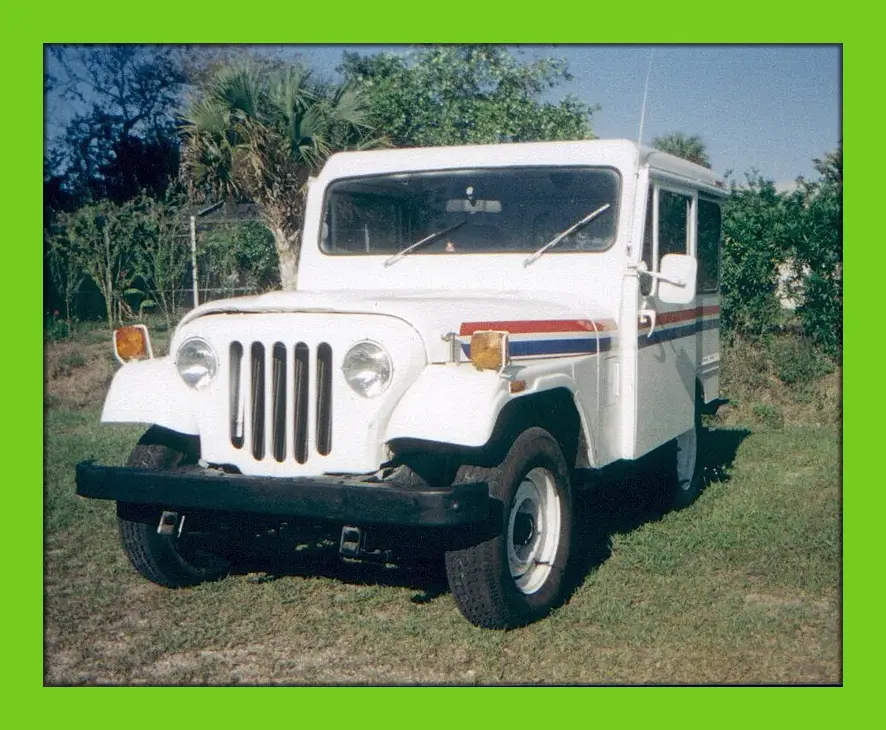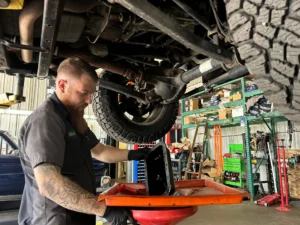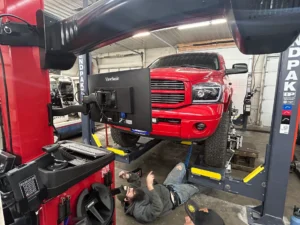A Unique Legacy in Off-Roading
When you think of Jeeps, images of rugged trails, off-roading adventures, and powerful four-wheel drives come to mind. However, there’s a unique piece of Jeep history that stands out—the Jeep DJ5 & DJ6. These models are not your typical off-road warriors, but they have a fascinating legacy that’s worth exploring.
What Are the Jeep DJ5 & DJ6?

The Postal Service held a competition in 1968 to select a light delivery vehicle, evaluating the Ford Bronco, International Harvester Scout, and the Jeep Dispatcher 100 (DJ-5). The USPS selected the Jeep Dispatcher. The Jeep DJ series, specifically the DJ5 & DJ6, were introduced in the 1960s. Unlike the more famous CJ series, the DJ models were designed for a very different purpose.
- DJ5: Known as the Dispatcher Jeep, the DJ5 was a two-wheel-drive version of the CJ5. It was primarily used as a postal delivery vehicle in the United States.
- DJ6: The DJ6, a longer-wheelbase version of the DJ5, shared many components but offered more cargo space. It was also used for delivery purposes but saw more versatility in its applications.
Key Features of the DJ5 & DJ6
These Jeeps might not have the four-wheel-drive prowess of their CJ counterparts, but they were built to be reliable and functional.
- Two-Wheel Drive: Both models feature a two-wheel-drive system, making them more fuel-efficient for urban and suburban use.
- Sliding Doors: The DJ5, in particular, is famous for its sliding doors, which made it easier for postal workers to get in and out quickly.
- Durability: Built with the same rugged construction as other Jeeps, the DJ models were designed to withstand heavy use and various weather conditions.
Unique Uses of the Jeep DJ5 & DJ6
The DJ5 & DJ6 were not meant for climbing rocky trails, but they excelled in other areas:
- Postal Delivery: The DJ5 became synonymous with the U.S. Postal Service. Its compact size, ease of entry and exit, and reliability made it perfect for mail delivery routes.
- Commercial Use: The DJ6 found its niche in various commercial applications, from small package delivery to light industrial tasks.
- Custom Builds: Over the years, enthusiasts have repurposed DJ models for unique projects, including ice cream trucks, mobile repair shops, and even beach buggies.
Why the DJ5 & DJ6 Matter
While they might not be the first Jeeps that come to mind when thinking of off-roading, the DJ5 & DJ6 have a unique place in Jeep history. They demonstrate Jeep’s versatility and ability to adapt to different market needs. Here’s why they’re still relevant:
- Historical Significance: These models highlight a different side of Jeep’s legacy, focusing on utility and everyday practicality.
- Collector’s Item: For Jeep enthusiasts, owning a DJ5 or DJ6 is like owning a piece of history. Their unique features and limited numbers make them sought-after collectibles.
- Adaptability: The ability to repurpose these vehicles for various uses shows the enduring adaptability of Jeep designs.
Final Thoughts
The Jeep DJ5 & DJ6 may not be off-roading legends, but they have left an indelible mark on automotive history. Their unique features, practical uses, and historical significance make them fascinating subjects for any Jeep enthusiast. Whether you’re a collector or simply love Jeep history, the DJ series offers a unique perspective on what these vehicles can do.




